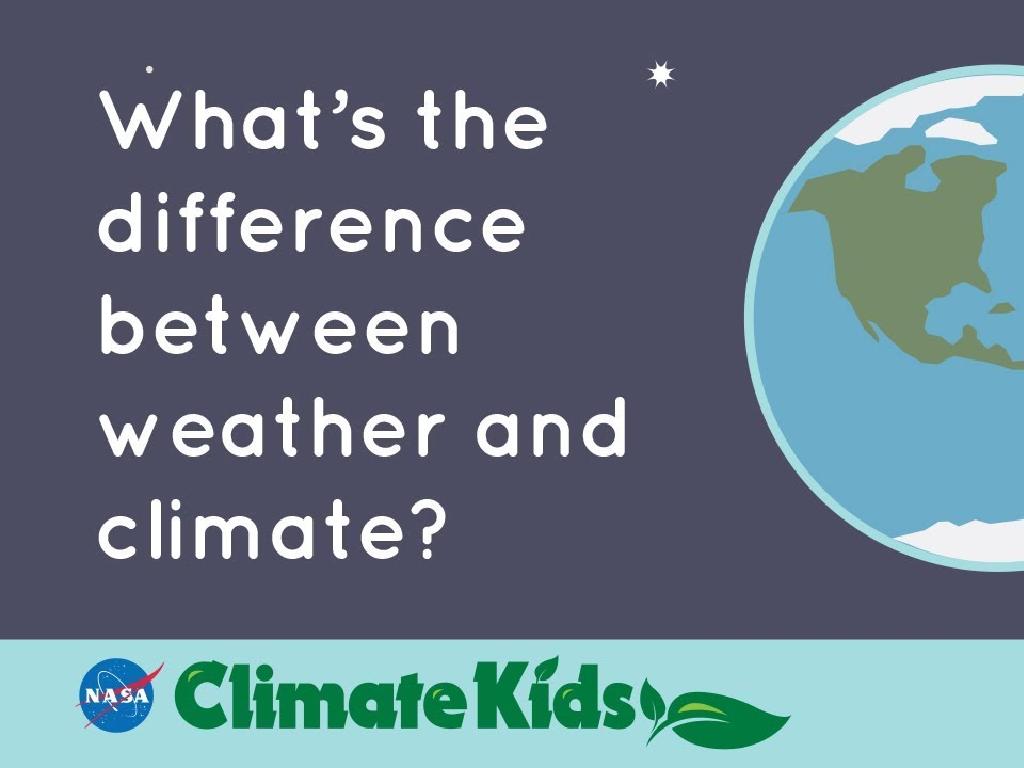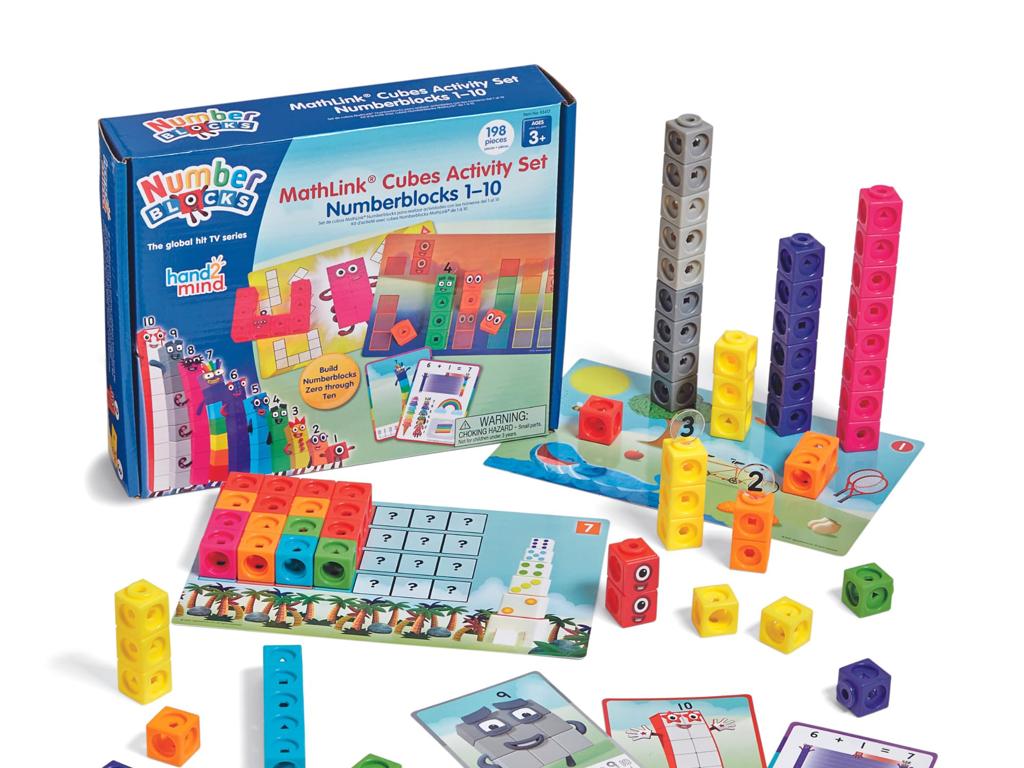Choose The Lowercase Letter That Matches: Review
Subject: Language arts
Grade: Kindergarten
Topic: Lowercase And Uppercase Letters
Please LOG IN to download the presentation. Access is available to registered users only.
View More Content
Welcome to Letter Land!
– Today’s fun with letters!
– Big letters vs. small letters
– Learn about uppercase & lowercase
– Uppercase letters are big, like ‘A’; lowercase are small, like ‘a’.
– Play the matching game!
– Find the lowercase letter for each uppercase one.
|
This slide introduces the concept of uppercase and lowercase letters to Kindergarten students in a playful and engaging manner. Begin by explaining that letters come in two sizes: big (uppercase) and small (lowercase). Use visual aids like flashcards or a whiteboard to show the letters in both forms. Then, proceed with a matching game where students are asked to pair uppercase letters with their lowercase counterparts. This activity will help reinforce their understanding of the alphabet and the difference between letter sizes. It’s a hands-on approach that will keep the students engaged and make learning fun. Remember to praise their efforts and provide help where needed.
Meet the Letters!
– Explore letters A to Z
– Look at all the letters, big and small
– Match uppercase with lowercase
– Every big letter has a little friend
– Sing the alphabet song
– We’ll sing together to learn them all
|
This slide is designed to introduce Kindergarten students to the concept of uppercase and lowercase letters. Start by showing them the alphabet from A to Z, pointing out both the uppercase (big) and lowercase (small) versions of each letter. Explain that every big letter has a matching small letter, just like a friend. Engage the students by singing the alphabet song together, which will help them memorize the letters and understand the concept of letter pairs. Encourage the children to sing along and make it a fun, interactive experience. After the song, you can have the students practice matching big letters to their little friends with a hands-on activity using letter cards.
Big and Small Letter Pairs
– Big letter A and small letter a
– They are the same letter, one is just bigger!
– Notice the size difference
– Big letters are uppercase, small are lowercase
– Match more big and small letters
– Find pairs like B and b, C and c in your book
– Practice with different letters
|
This slide introduces the concept of uppercase and lowercase letters to Kindergarten students. Start by showing them the big letter A (uppercase) and the small letter a (lowercase) and explain that while they look similar, one is big and one is small. Emphasize the terms ‘uppercase’ and ‘lowercase’. Encourage the students to find more pairs in the alphabet and in books or classroom materials. Provide them with examples and guide them to match the letters. This activity helps students recognize that both forms represent the same letter and to understand the concept of big and small letter pairs, which is fundamental in reading and writing.
Matching Game: Big and Small Letters
– Match big letters with small friends
– I’ll show a big letter on the board
– For example, I show ‘A’, you find ‘a’
– You choose the correct small letter
– Look for ‘b’ when I show ‘B’
– Let’s start with the letter B!
|
This slide introduces a matching game designed to help Kindergarten students review and reinforce their understanding of uppercase and lowercase letters. Display a large uppercase ‘B’ on the board and encourage the students to find and select the corresponding lowercase ‘b’. This activity can be done with flashcards, an interactive whiteboard, or printed letters. It’s a fun and engaging way to help students visually differentiate between the two forms of each letter. As the game progresses, continue with other letters, ensuring each student has a chance to participate. Praise correct matches and gently correct any mismatches, explaining how to identify the correct lowercase letter.
Practice Time: Matching Letters
– Match uppercase to lowercase
– Draw lines on your worksheet
– Connect each big letter to its little partner
– It’s okay to ask for help
– If you’re stuck, raise your hand for assistance
– Have fun learning together
– Remember, practice makes perfect and we learn by trying!
|
This slide is designed for a hands-on activity where students will practice the skill of matching uppercase letters to their corresponding lowercase letters. Provide worksheets with columns of uppercase letters on one side and lowercase letters on the other. Encourage the children to draw lines connecting each pair. Remind them that it’s perfectly fine to ask for help if they’re unsure, emphasizing the supportive classroom environment. As they work, circulate the room to offer guidance and positive reinforcement. This activity not only reinforces letter recognition but also helps develop fine motor skills.
Show and Tell: Matching Letters
– Share your worksheets
– Discuss matched big and small letters
– Which uppercase and lowercase letters did you find?
– Praise for learning letter pairs
– Celebrate the progress in recognizing letter pairs
– Encouragement for participation
– Positive reinforcement boosts confidence and learning
|
This slide is for a class activity where students will present their worksheets on matching uppercase and lowercase letters. Encourage each child to talk about the letter pairs they have matched. This reinforces their understanding of the alphabet and the concept of big and small letters. Offer praise to acknowledge their hard work and progress, which will motivate them to continue learning. Provide a supportive environment where every student feels comfortable to participate and share. Possible activities could include matching games, letter hunts, or creating a letter collage.
Class Activity: Letter Hunt
– Let’s hunt for letters in the classroom
– Find objects starting with your name’s letter
– Show and tell the object’s starting letter
– For example, if your name is Tim, find a toy and say ‘T is for toy’
– Recognize big and small letters
– Learn that ‘T’ and ‘t’ are the same letter, one big and one small
|
This activity is designed to help students recognize and match uppercase and lowercase letters in a fun and interactive way. Encourage the children to look around the classroom for objects that begin with the same letter as their name. Once they find an object, they should present it to the class and identify the uppercase and lowercase version of the letter it starts with. For instance, if a student’s name is ‘Anna,’ she might find an ‘apple’ and show that ‘A’ and ‘a’ are the same letter, one big and one small. This will help them understand the concept of uppercase and lowercase letters while also improving their letter-sound association. Prepare a variety of objects beforehand to ensure that there are enough examples for each letter of the alphabet.
Goodbye Letter Land
– Great job matching letters!
– Spot big and small letters everywhere
– Look for letters on signs, books, and at home
– Remember what we learned today
– Practice matching uppercase to lowercase
– Excited to see you again in Letter Land!
|
This slide is meant to conclude the lesson on matching uppercase and lowercase letters. It serves as positive reinforcement for the children’s efforts in learning and recognizing letters in different contexts. Encourage the students to keep an eye out for letters in their environment, reinforcing the day’s lesson. Remind them to practice matching the big (uppercase) and small (lowercase) letters they see, which will help solidify their understanding. The anticipation of returning to ‘Letter Land’ keeps them excited about learning. For the next class, consider starting with a quick review of the letters identified by the students in their environments.






